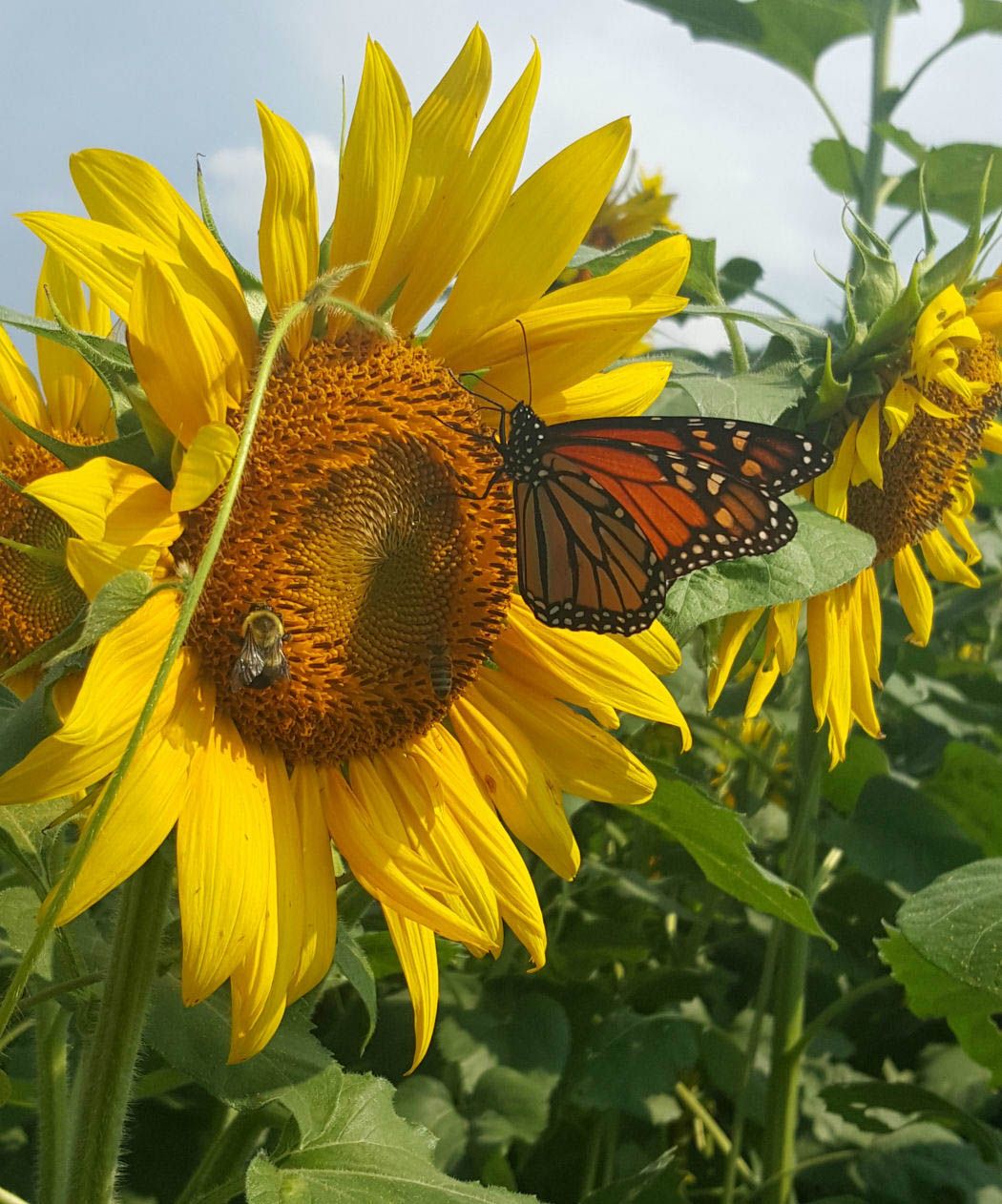Neem trees (Azadirachta indica), also known as Indian Lilac, Margosa, and Nimtree, are a tree in thw mahogany family (Meliaceae). They are renowned for their medicinal properties and are commonly used as a natural insect repellent and pesticide. The primary compound responsible for these insecticidal properties is azadirachtin, found in […]
Botany
Starting Milkweed from Seed: An Essential Step Towards Biodiversity Conservation
This article delves into the significance of milkweed, the challenges with purchasing grown plants, and a guide to starting milkweed from seed.
Milkweed Pollination: The Intricate Dance
Beyond its vibrant blossoms and pivotal role in the butterfly’s life cycle, milkweed hides a remarkable and unique pollination mechanism.
Firebush (Hamelia patens): The Butterfly Haven and “Guardian of the Forest”
Firebush (Hamelia patens) has also been dubbed the “Scarlet Bush” due to its fiery flowers and the “Hummingbird Bush” since hummingbirds are often seen hovering around it, drawn by its rich nectar
The Butterfly Bush: China’s Alluring Magnet
Butterfly Bush (Buddleia davidii), is a popular, non-native garden plant known for its ability to attract butterflies with its vibrant, fragrant blossoms.
What Are Butterfly Nectar Plants?
Butterfly nectar plants are plants that produce nectar, which attracts and feeds adult butterflies.
“Domesticated” vs. “Naturalized” Plants
In summary, while both terms relate to human influence on plant species, “naturalized” refers to non-native plants that have successfully established themselves in a new environment, whereas “domesticated” refers to plants that have been intentionally bred by humans for specific traits over generations.
Common Sunflower: A Beacon for Butterflies
Here’s a brief look at how the Common Sunflower serves as a beacon for butterflies.






